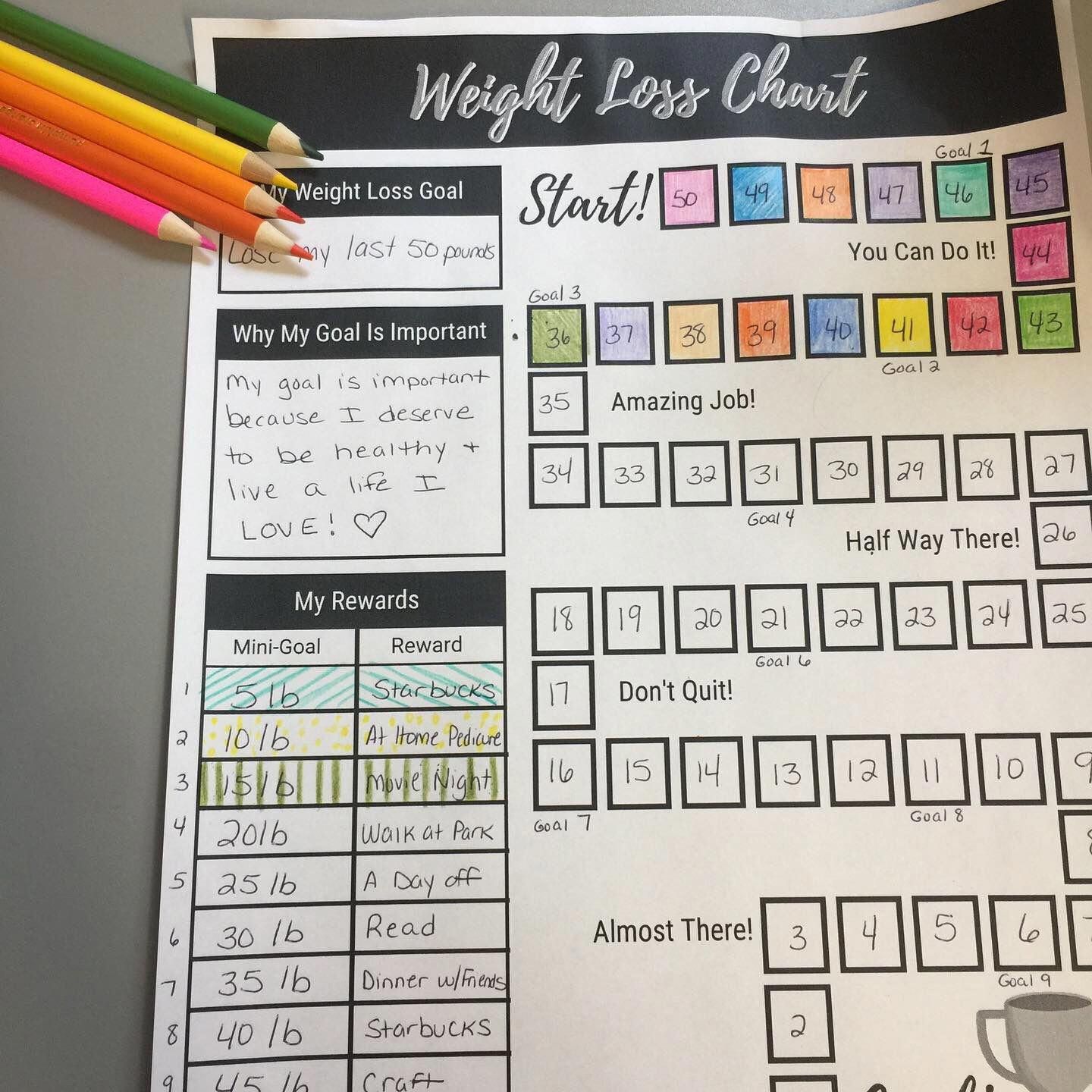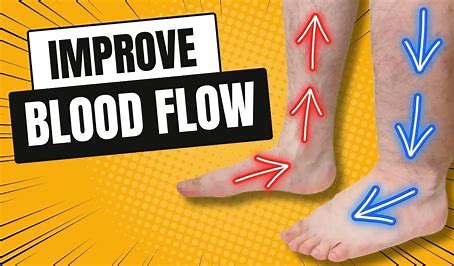Tracking your weight loss journey is essential for staying motivated, making informed decisions, and achieving your health goals. This comprehensive guide provides practical steps to effectively monitor your progress.
- Set Clear and Realistic Goals
Begin by defining specific, achievable objectives.
- Determine Your Target Weight: Identify a healthy weight range based on your body mass index (BMI) and consult with a healthcare professional if needed.
- Establish a Timeline: Set a realistic timeframe to reach your goal, considering a safe weight loss rate of 0.5 to 2 pounds per week.
- Break Down Goals: Divide your main goal into smaller milestones to maintain motivation and track progress incrementally.
- Monitor Your Weight Consistently
Regularly tracking your weight helps identify patterns and assess the effectiveness of your strategies.
- Choose a Consistent Schedule: Weigh yourself at the same time of day, preferably in the morning before eating, to minimize fluctuations.
- Use Reliable Equipment: Invest in a digital scale for accurate readings.
- Record Your Measurements: Keep a log of your weight to observe trends over time.
- Track Body Measurements
Weight alone doesn’t provide a complete picture. Measuring different body areas offers additional insights.
- Identify Key Areas: Measure your waist, hips, thighs, arms, and chest.
- Use a Flexible Tape Measure: Ensure it’s snug but not tight for accurate readings.
- Schedule Regular Check-Ins: Take measurements bi-weekly or monthly to monitor changes.
- Utilize Progress Photos
Visual documentation can reveal changes not immediately noticeable on the scale.
- Maintain Consistency: Take photos in the same clothing, lighting, and poses each time.
- Set Regular Intervals: Capture images every 2 to 4 weeks to track progress.
- Review and Reflect: Compare photos over time to observe physical transformations.
- Keep a Food and Exercise Journal
Documenting your dietary intake and physical activity enhances awareness and accountability.
- Log Meals and Snacks: Record what you eat, portion sizes, and meal times.
- Track Physical Activity: Note the type, duration, and intensity of your workouts.
- Reflect on Habits: Identify patterns, triggers, and areas for improvement.
- Leverage Technology
Various apps and devices can simplify tracking and provide valuable insights.
- Use Fitness Apps: Platforms like MyFitnessPal or Lose It! offer food logging, exercise tracking, and progress monitoring.
- Wear Activity Trackers: Devices like Fitbit or Apple Watch monitor steps, heart rate, and calories burned.
- Sync Data: Integrate apps and devices for a comprehensive overview of your health metrics.
- Assess Non-Scale Victories
Recognize improvements beyond weight loss to stay motivated.
- Enhanced Energy Levels: Notice increased stamina and reduced fatigue.
- Improved Mood and Sleep: Track better sleep quality and mood stability.
- Clothing Fit: Observe how your clothes fit differently as your body changes.
- Regularly Review and Adjust Your Plan
Periodically evaluate your progress and make necessary modifications.
- Analyze Data: Look for trends in your weight, measurements, and habits.
- Set New Goals: As you reach milestones, establish new objectives to continue progressing.
- Seek Support: Consult with healthcare professionals or join support groups for guidance and encouragement.
Conclusion
Effectively tracking your weight loss involves a combination of consistent monitoring, utilizing various tools, and acknowledging both scale and non-scale achievements. By implementing these strategies, you can stay informed, motivated, and on the path to reaching your health goals.





